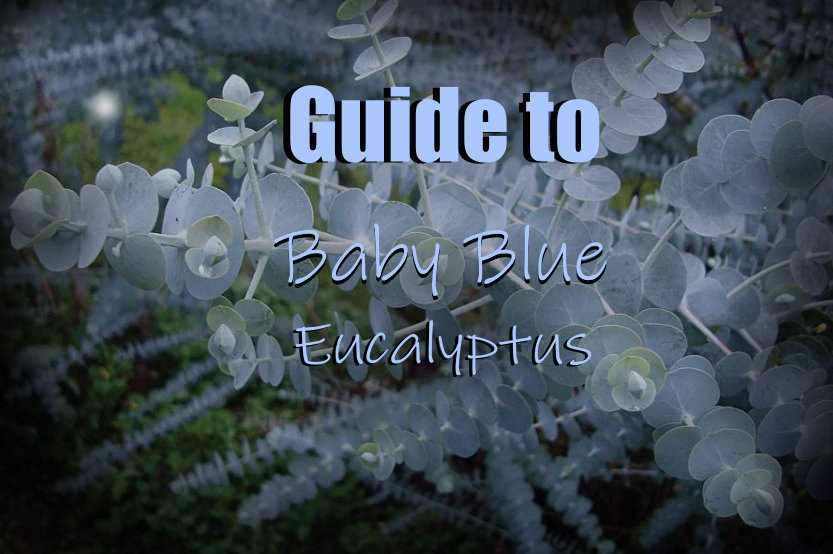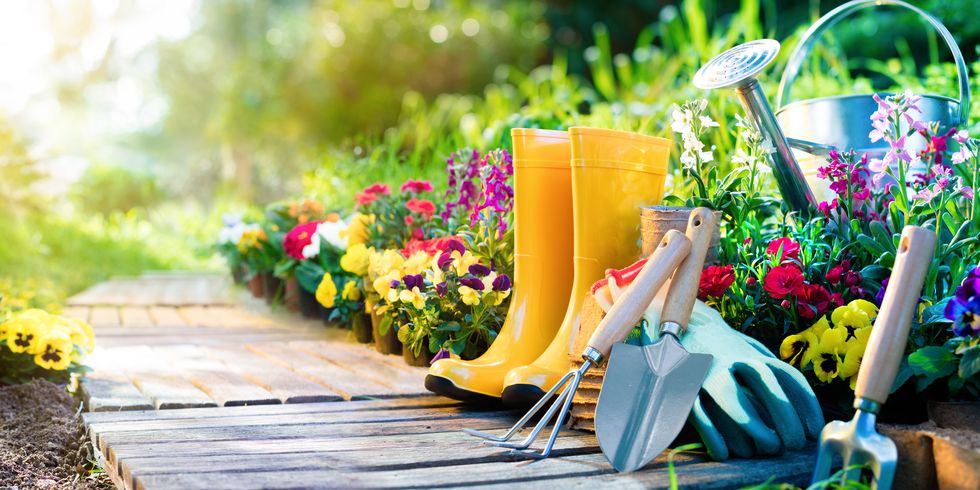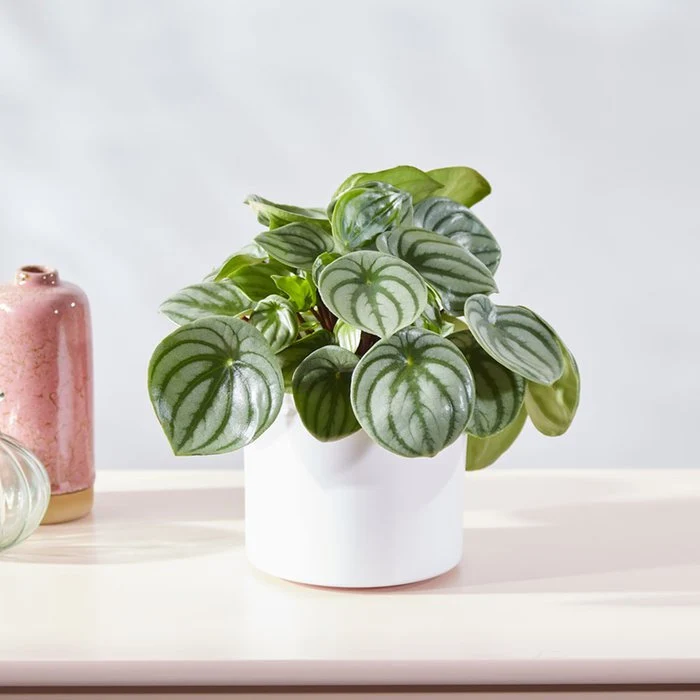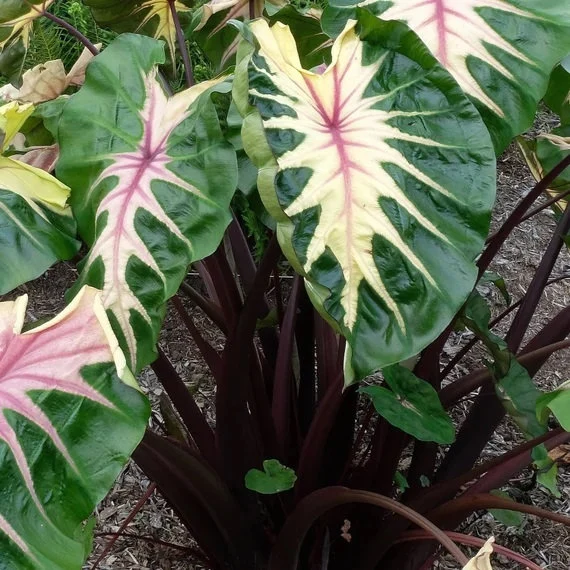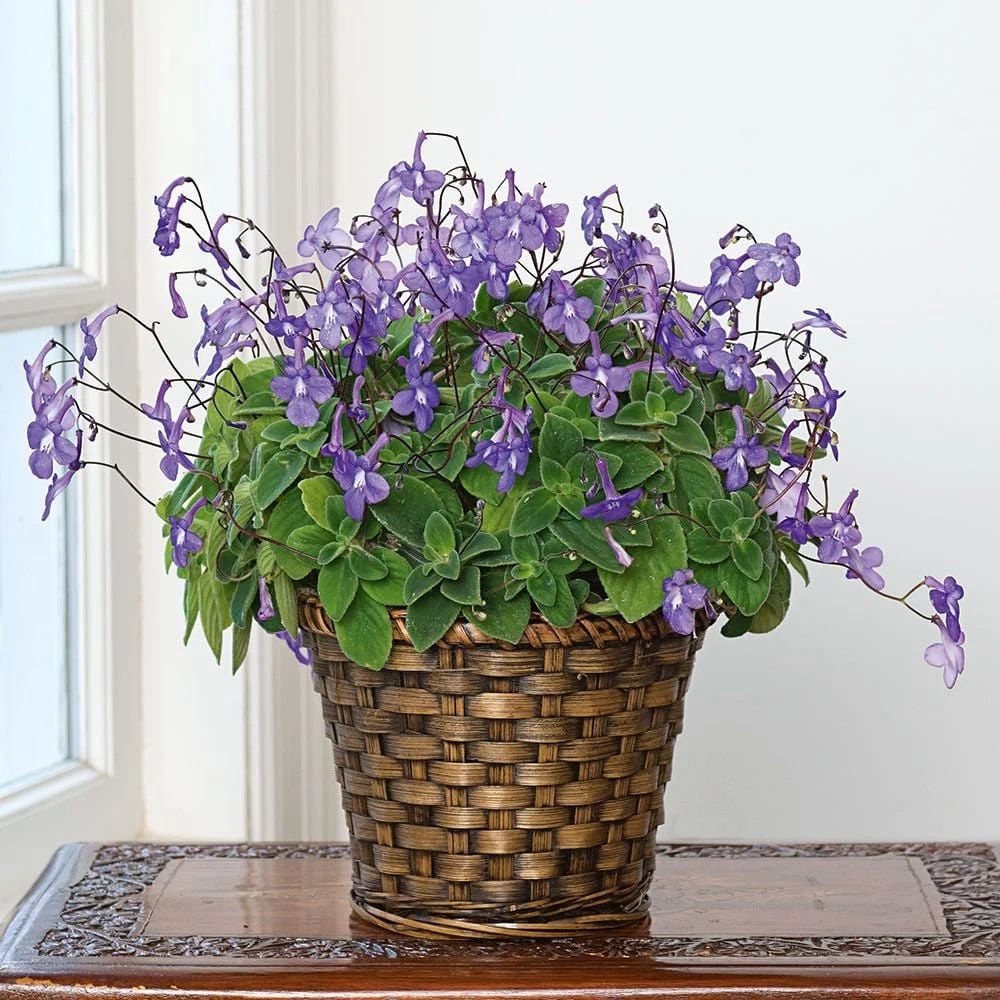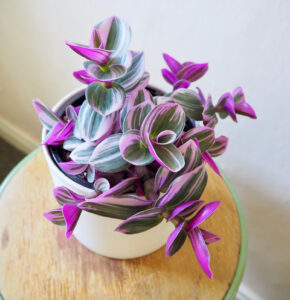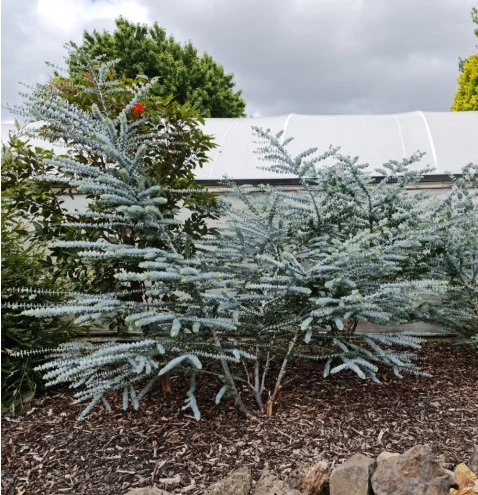
Baby Blue Eucalyptus (Eucalyptus pulverulenta ‘Baby Blue’) is a striking, aromatic plant cherished for its silvery-blue foliage and versatility in both garden landscapes and floral arrangements. This dwarf variety of eucalyptus is well-suited for container gardening, cut flower production, and ornamental use. With proper care, Baby Blue Eucalyptus can thrive and provide year-round beauty. This guide will cover all aspects of caring for Baby Blue Eucalyptus to help ensure its health and longevity.
1. Understanding Baby Blue Eucalyptus
Growth Characteristics
- Scientific Name: Eucalyptus pulverulenta ‘Baby Blue’
- Common Name: Baby Blue Eucalyptus
- Plant Type: Evergreen Tree/Shrub
- Mature Height: 6-10 feet (container), 20-30 feet (in-ground)
- Mature Spread: 6-15 feet
- Growth Rate: Fast
- Foliage Color: Silvery-blue, aromatic
- Flowers: Small creamy-white blooms (typically in winter-spring)
Climate and Hardiness
- USDA Hardiness Zones: 8-11
- Temperature Tolerance: Prefers warm climates but can withstand light frost
- Humidity Preferences: Thrives in dry to moderately humid conditions
2. Planting and Soil Requirements
Ideal Planting Time
- Best planted in early spring or fall to establish strong roots before extreme weather.
- Can be grown from nursery transplants, cuttings, or seeds.
Soil Preferences
- Prefers well-draining, sandy or loamy soil.
- Soil pH should be between 6.0 and 7.5 for optimal growth.
- Amending soil with compost improves fertility but avoid excessive organic matter.
Planting Depth and Spacing
- Dig a hole twice as wide and as deep as the root ball.
- Space plants 6-15 feet apart if planting multiple specimens.
- Backfill with soil, water thoroughly, and apply a light mulch layer to retain moisture.
3. Light and Watering Requirements
Sunlight Needs
- Requires full sun (6-8 hours per day) for best growth.
- Can tolerate partial sun, but foliage color and growth rate may be reduced.
Watering Schedule
- Newly planted trees require deep watering 2-3 times per week.
- Once established, reduce watering to once a week or when the soil is dry.
- Drought-tolerant but benefits from occasional deep watering during dry spells.
4. Fertilization and Nutrient Requirements
Best Fertilizer Choices
- Use a balanced, slow-release fertilizer (10-10-10 or 14-14-14) in early spring.
- Organic options include compost tea, fish emulsion, or aged manure.
Feeding Schedule
- Fertilize once in early spring when new growth begins.
- A second application in mid-summer can encourage vigorous foliage.
- Avoid excessive nitrogen, which can lead to excessive growth at the expense of essential oils.
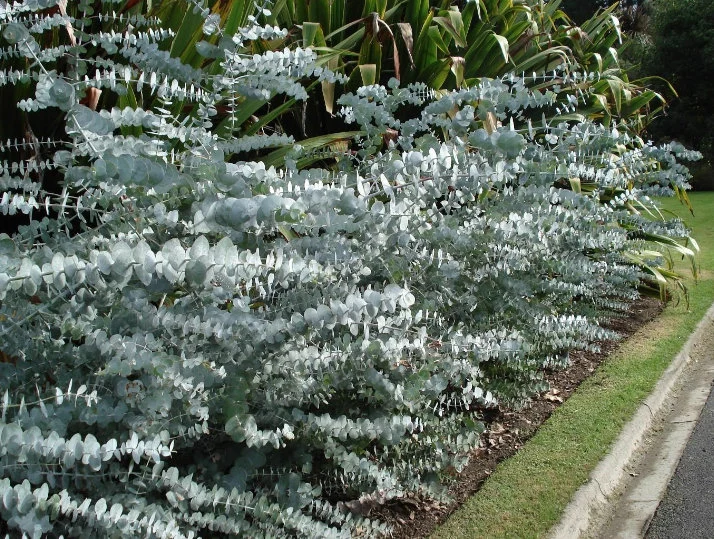
5. Pruning and Maintenance
Pruning Techniques
- Prune regularly to maintain a compact, bushy shape.
- Cut back long stems to encourage new growth and enhance fullness.
- Remove dead or diseased branches to improve airflow and overall plant health.
- Best pruning time: Late winter or early spring before new growth emerges.
6. Propagation Methods
Growing from Seeds
- Eucalyptus seeds require cold stratification for better germination rates.
- Sow seeds in well-draining soil and keep moist until seedlings emerge.
- Transplant seedlings when they reach 4-6 inches in height.
Propagation by Cuttings
- Select semi-hardwood cuttings from a healthy plant.
- Dip cut ends in rooting hormone and plant in a well-draining medium.
- Keep soil moist and provide indirect light until roots develop.
7. Pest and Disease Management
Common Pests
- Aphids: Can be controlled with neem oil or insecticidal soap.
- Spider Mites: Occur in dry conditions; mitigate with regular misting.
- Leaf Miners: Remove affected leaves to prevent further damage.
Common Diseases
- Root Rot: Caused by overwatering; ensure soil is well-draining.
- Powdery Mildew: Fungal disease appearing as white powder; treat with fungicide.
- Leaf Spot: Can be minimized by improving air circulation around the plant.
8. Seasonal Care and Overwintering
Spring and Summer Care
- Provide consistent watering and fertilization.
- Monitor for pests and take preventive action.
- Prune lightly to maintain shape and promote fresh growth.
Fall and Winter Care
- Reduce watering frequency as growth slows.
- In colder climates, provide mulch around the base to insulate roots.
- If grown in containers, move plants to a protected location to prevent frost damage.
9. Landscaping Uses and Companion Plants
Landscape Applications
- Hedges and Borders: Creates a dense privacy screen.
- Cut Flower Gardens: Excellent for fresh or dried floral arrangements.
- Containers: Suitable for patios, balconies, and small gardens.
Companion Plants
- Lavender: Complements eucalyptus’ aromatic qualities.
- Rosemary: Similar water and light requirements.
- Salvia: Attracts pollinators and enhances visual appeal.
Search
Proudly powered by WordPress

